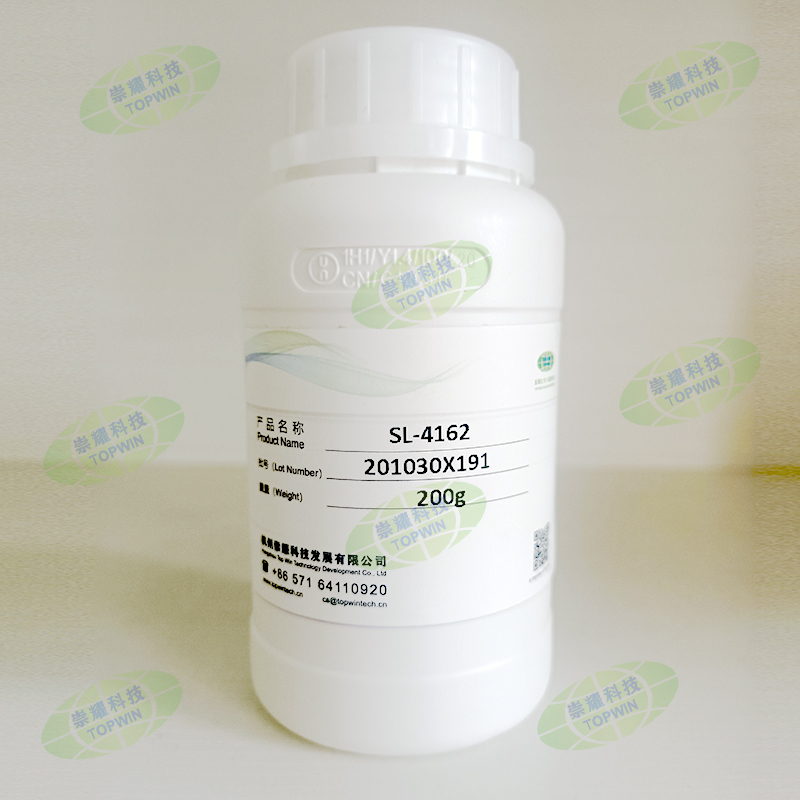
The fundamental structure of organic silicone resin comprises two main components: polysiloxane and organic polymer. This hybrid material inherits the qualities of both pure silicone resin and organic resin. While it may exhibit slight performance trade-offs compared to pure silicone resin, it excels in curing, adhesion, solvent resistance, and compatibility. Additionally, the performance of modified silicone resin can be tailored based on the type, content, and modification method of the utilized silane and organic polymer. Among polymer materials, silicone products stand out for their exceptional temperature resistance, dielectric properties, weather resistance, physiological inertness, and low surface tension.
The primary structural unit, or main chain, of organic silicone resin, consists of silicon-oxygen links, with side chains attached to various organic groups via silicon atoms, forming a highly cross-linked network structure of polyorganosilicon oxygen. Thus, the composition of organic silicone resin encompasses both organic and inorganic elements, combining the characteristics of organic and inorganic matter. This unique composition and molecular structure confer numerous advantageous properties, including excellent resistance to high and low temperatures, climate aging, electrical insulation, ozone resistance, flame retardancy, non-toxicity, non-corrosiveness, physiological inertness, hydrophobicity, and resistance to chemical reagents. Certain varieties also offer oil resistance, solvent resistance, and radiation resistance.
Trifunctional or tetrafunctional monomers are vital components in typical condensed silicone resins. However, the suitable R/Si ratio and phenyl content vary depending on the resin's intended application; thus, the monomer and its combination must be selected based on performance requirements and intended use.
The performance of methylphenyl silicone resin primarily hinges on the ratio of organic groups connected to silicon atoms relative to the number of silicon atoms (CR/Si, where R=Me and Ph) and the ratio of methyl to phenyl groups (Me/Ph), which serves as a key quality control indicator for silicone resin. The dryness, paint film hardness, softness, thermal weight loss, and heat cracking resistance of organic silicone resin are all influenced by the R-group composition. Typically, methylphenyl silicone resin consists of chains such as MeSiO1.5, Me-centered O, MePhSiO, PhSiO1.5, and Ph-centered O. When R/Si equals 1, it signifies that, on average, only one organic group is connected to each silicon atom, resulting from the hydrolysis condensation reaction of trifunctional organic silicon monomers (comprising MeSiO1.5 chains). If R/Si equals 2, it indicates that each silicon atom is connected to two organic groups on average, forming a linear polysiloxane through the hydrolysis and condensation reaction of organic silicon monomers with two functional groups (comprising SiO chains).
When R/Si lies between 1 and 2, it constitutes two mixed chain links formed by the co-hydrolysis condensation reaction of trifunctional and bifunctional organosilicon monomers. The R-group composition of linear silicone oil slightly exceeds 2, while that of silicone rubber approaches 2. Silicone resin typically exhibits a R/Si ratio smaller than 2 but greater than 1.7. A smaller R/Si value corresponds to better dryness of the silicone resin (enabling curing at lower temperatures), reduced thermal weight loss, harder paint film, but decreased softness, and increased brittleness of the paint film. Conversely, a higher R/Si value necessitates longer curing times for the silicone resin at elevated temperatures of 200-250°C. This results in poorer paint film hardness but significantly improved thermal elasticity compared to lower R/Si values.